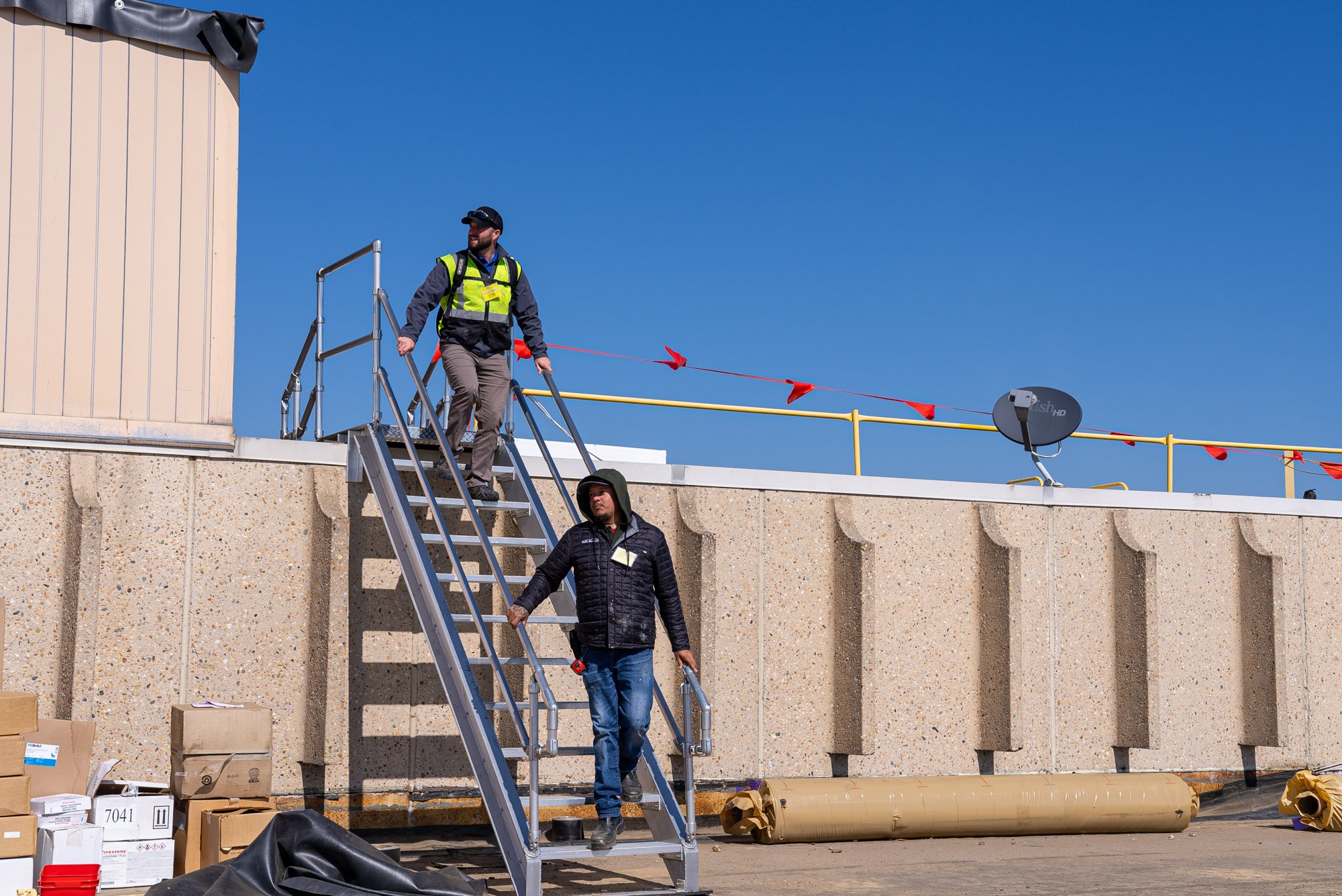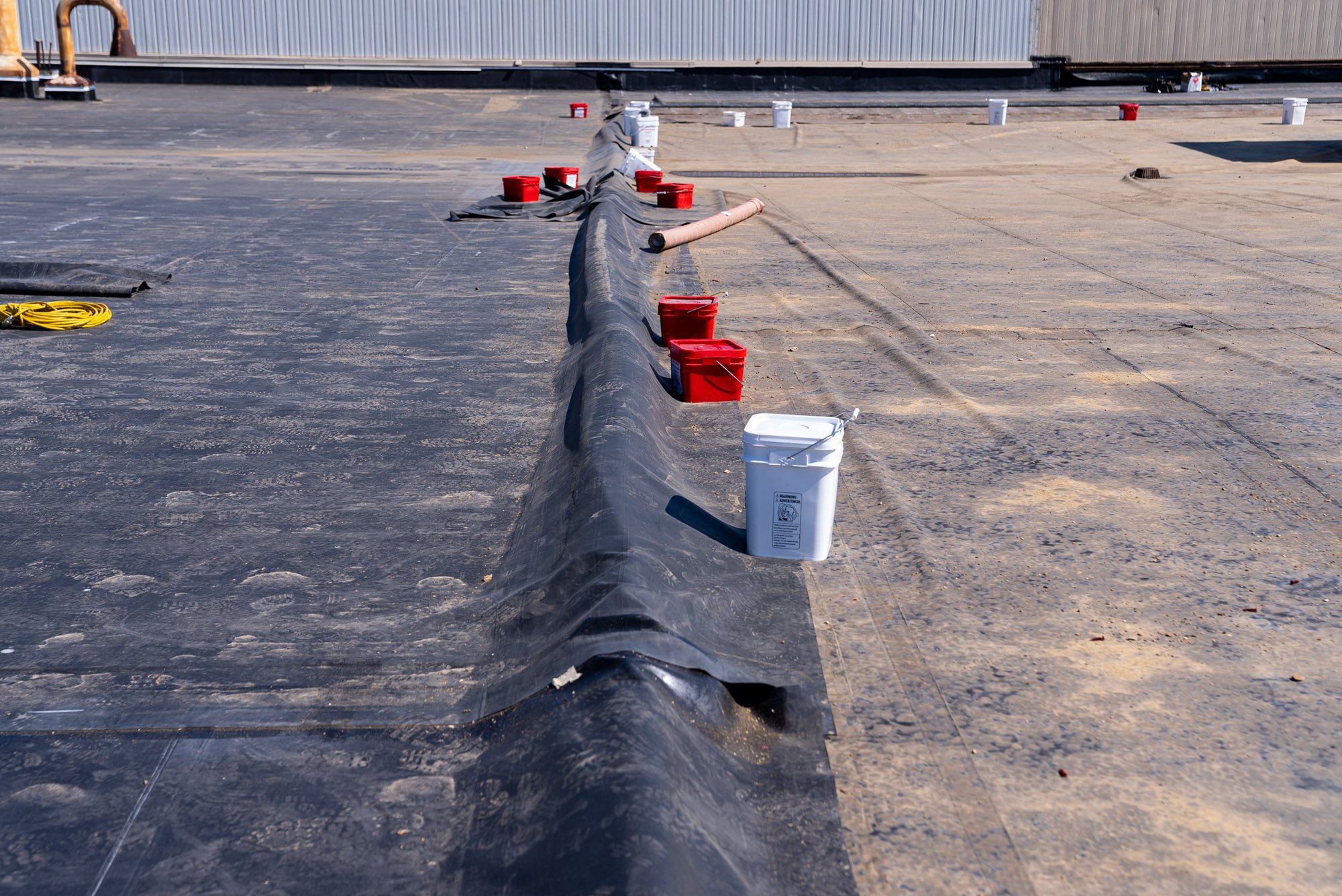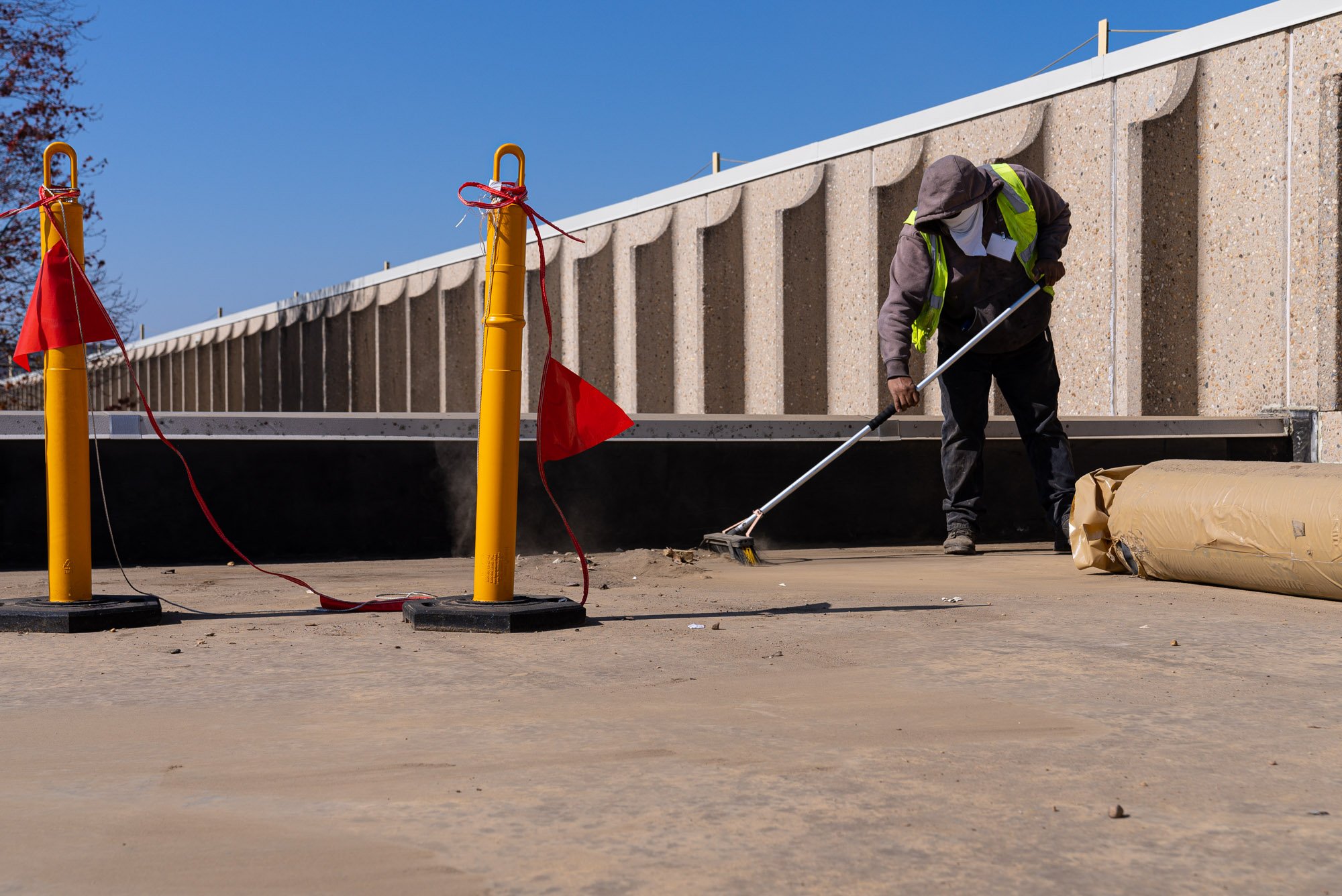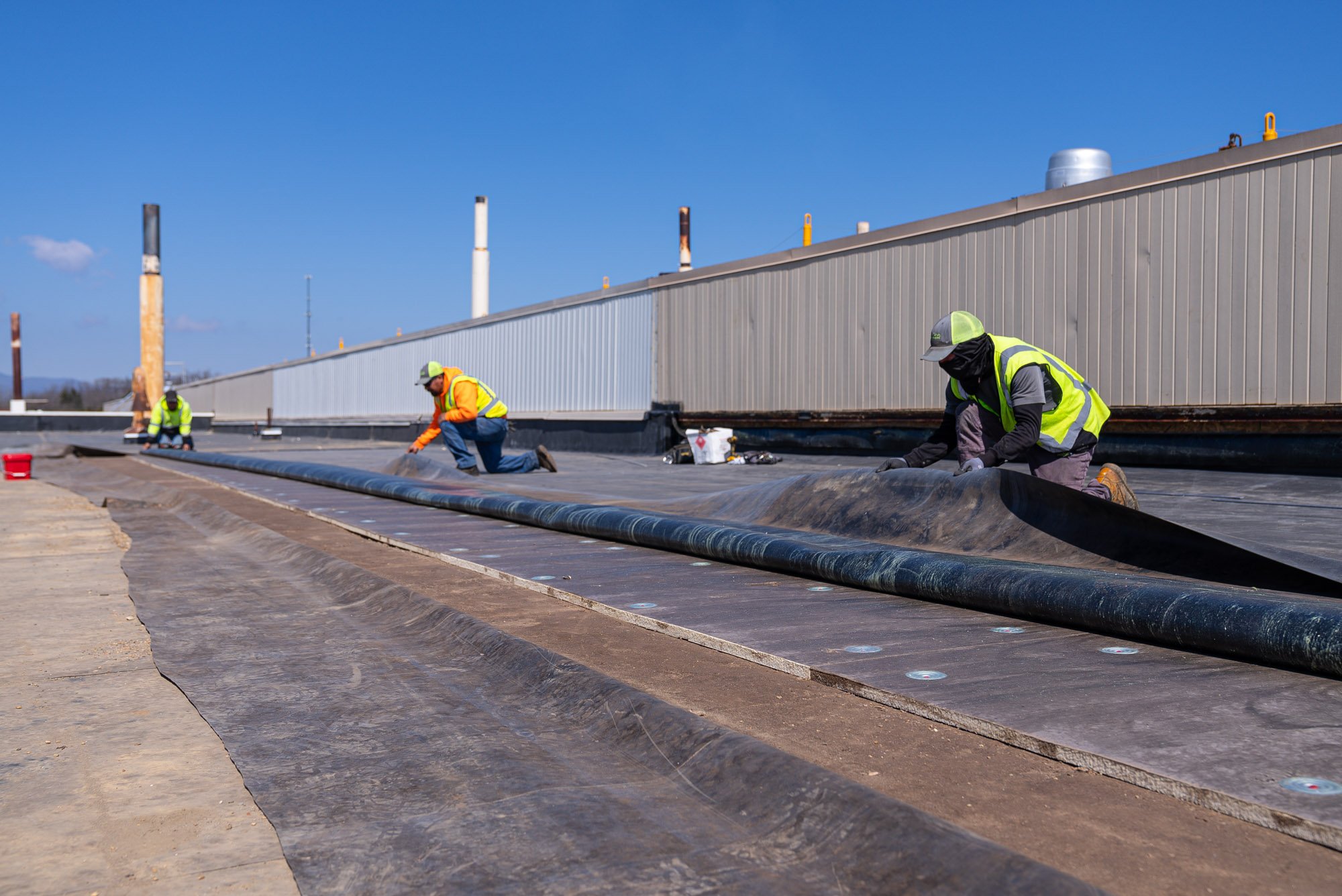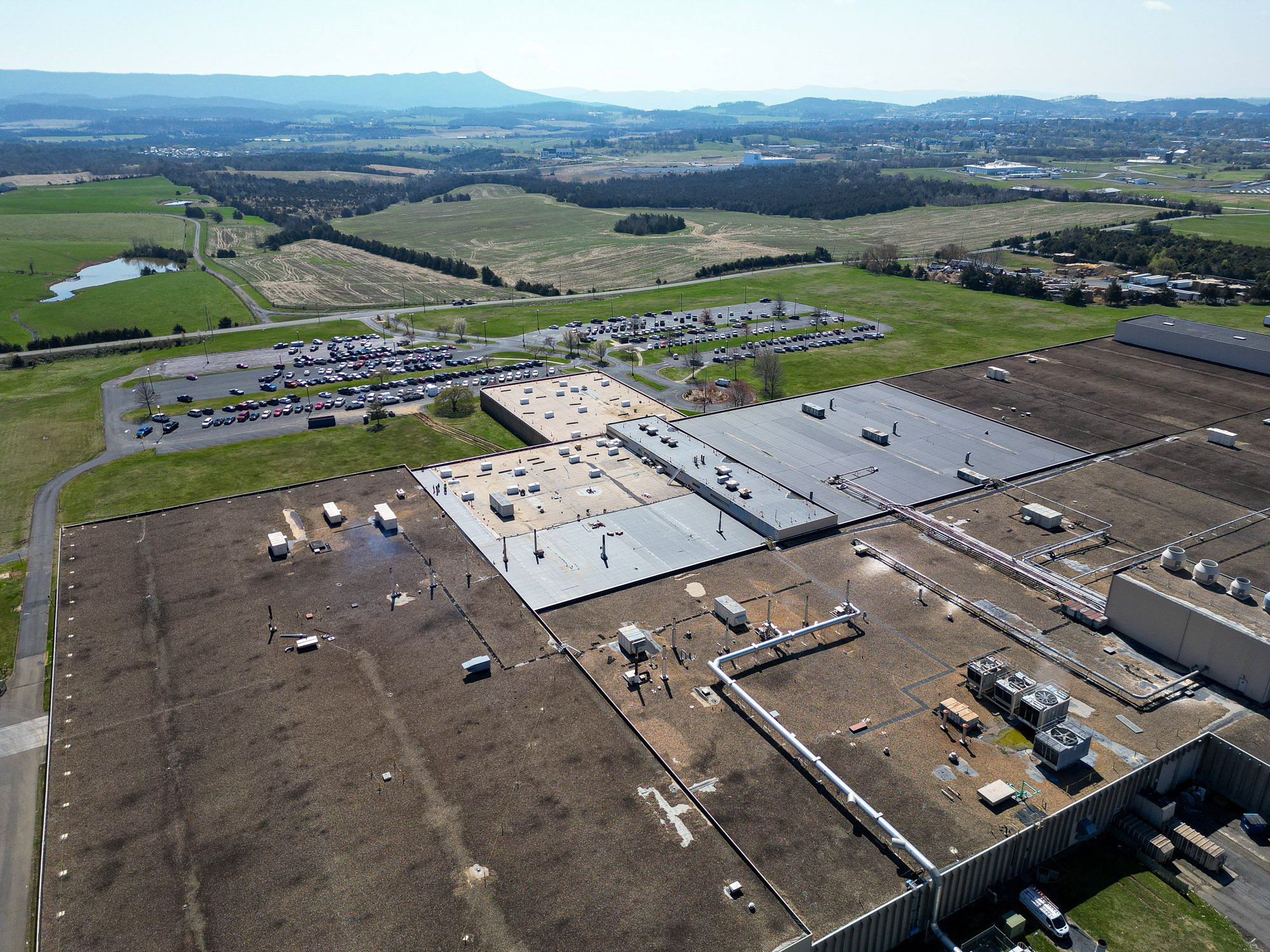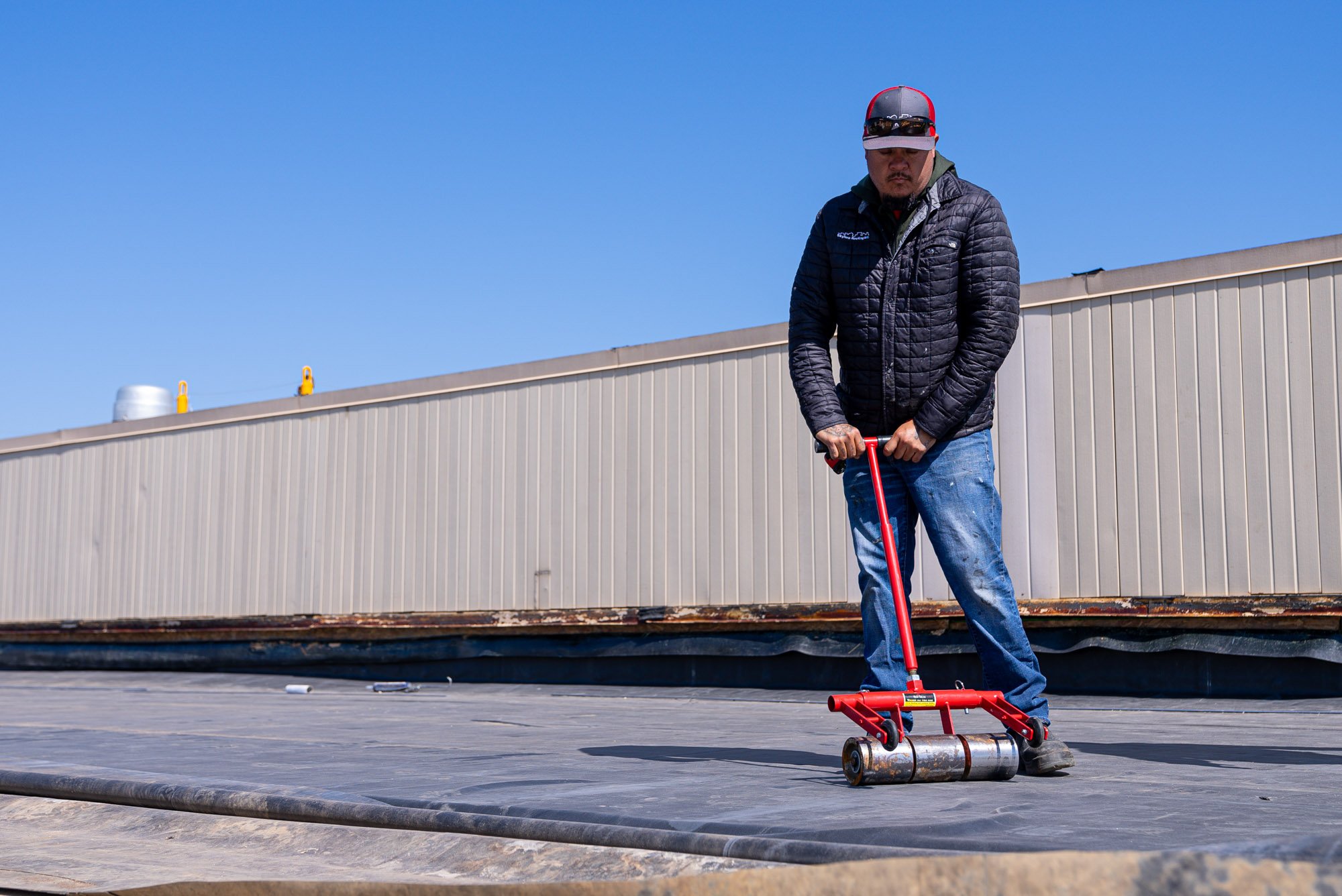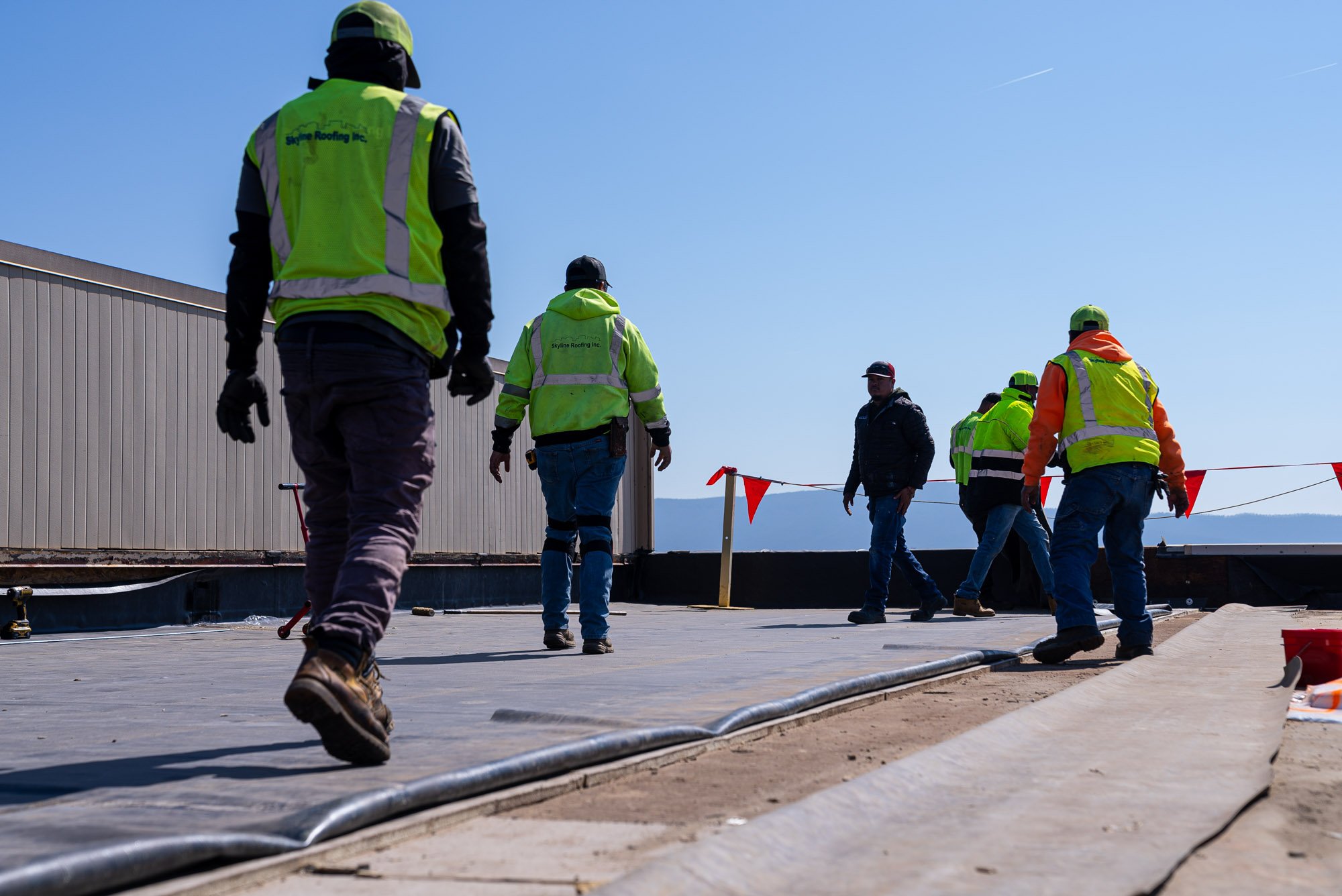Why Companies are Ditching Ballasted Roof Systems
In recent years, there has been a growing trend in the roofing industry to move away from ballasted roof systems and towards more conventional single-ply roof systems. This shift can be attributed to a number of factors, including concerns about the durability of ballasted roofs, the high cost of maintenance and repair, and the environmental impact of using heavy ballast materials.
A ballasted roof system is a type of flat roof that uses large stones or other heavy materials to hold the roofing membrane in place. While ballasted roofs can be relatively inexpensive to install, they are often plagued by maintenance issues such as leaks and punctures. The ballast material can also shift over time, creating an uneven surface and potentially damaging the underlying roofing membrane.
By contrast, a single-ply roof system uses a single-ply rubber membrane that is secured to the roof deck using adhesive or mechanical fasteners. This type of roof is known for its durability, resistance to weathering, and low maintenance requirements. In addition, single-ply roofs are more environmentally friendly than ballasted roofs, as they do not require heavy stone or gravel to be transported to the job site.
There are several reasons why a company might choose to remove a ballasted roof system and replace it with a single-ply roof. First, if the ballasted roof is experiencing frequent leaks or other maintenance issues, it may be more cost-effective to replace it with a more reliable roofing system. Similarly, if the ballasted roof is nearing the end of its expected lifespan, it may make sense to invest in a new roofing system that will last for many years to come.
Another reason why a company might choose to replace a ballasted roof with a single-ply roof is to reduce the environmental impact of their operations. Ballasted roofs require a significant amount of heavy material to be transported to the job site, which can have a negative impact on the environment. By switching to a lighter, more environmentally friendly roofing system, companies can reduce their carbon footprint and demonstrate their commitment to sustainability.
In conclusion, there are many reasons why a company might choose to remove a ballasted roof system and replace it with a more traditional single-ply roof system. Whether it's to address maintenance issues, improve durability, or reduce environmental impact, switching to a single-ply roof can be a smart investment for any business. If you're considering a roofing replacement for your own company, be sure to consult with a qualified roofing contractor to explore your options and find the solution that's right for your needs.


